HISTORY: Loggerhead turtle, state reptile
S.C. Encyclopedia | The loggerhead turtle (Caretta caretta), a threatened species, was named the state reptile in an act signed by Gov. Carroll Campbell on June 1, 1988. Recognizing the loggerhead as “an important part of the marine ecosystem” and that South Carolina’s coastline provides “some of the most pristine nesting areas” for the turtle on the East Coast, the General Assembly declared that the state’s responsibility is “to preserve and protect our wildlife and natural resources.”




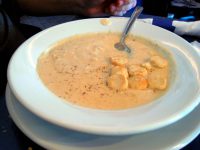
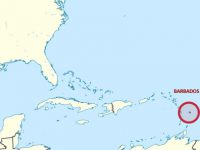
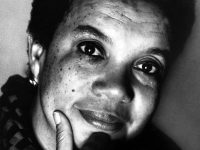
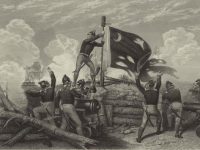
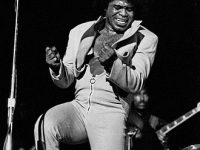
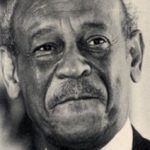

 We Can Do Better, South Carolina!
We Can Do Better, South Carolina!

























Recent Comments